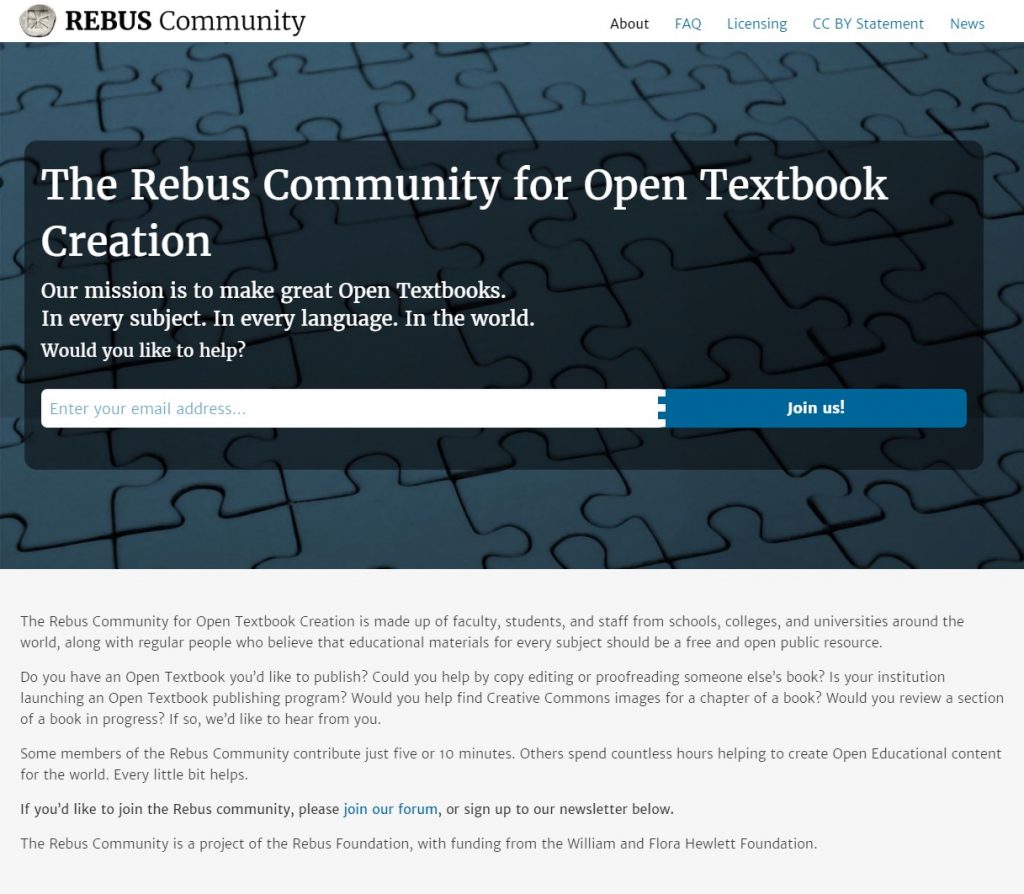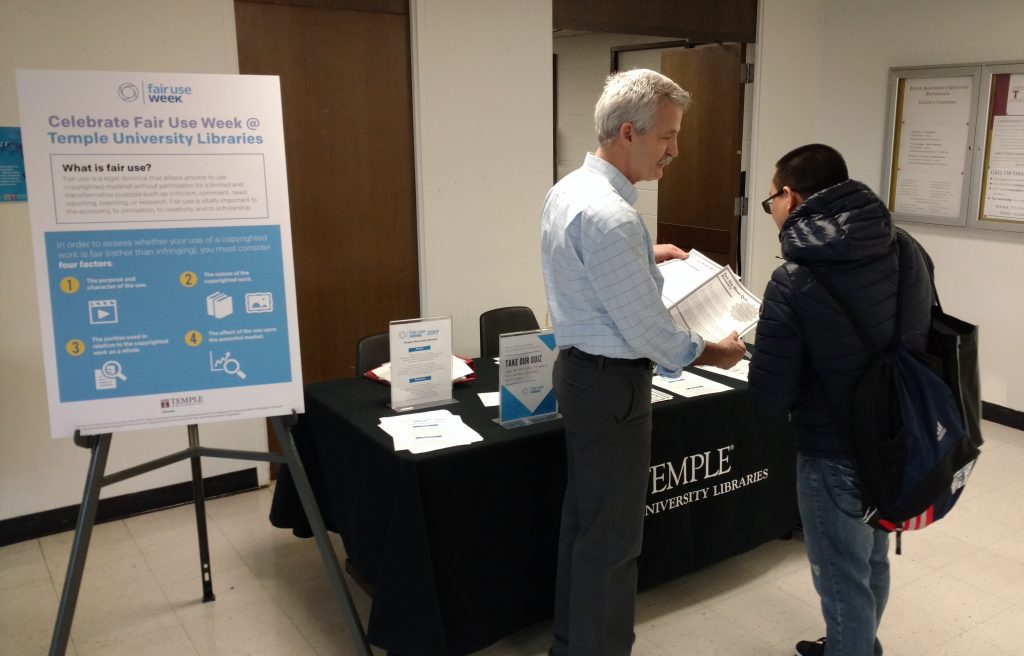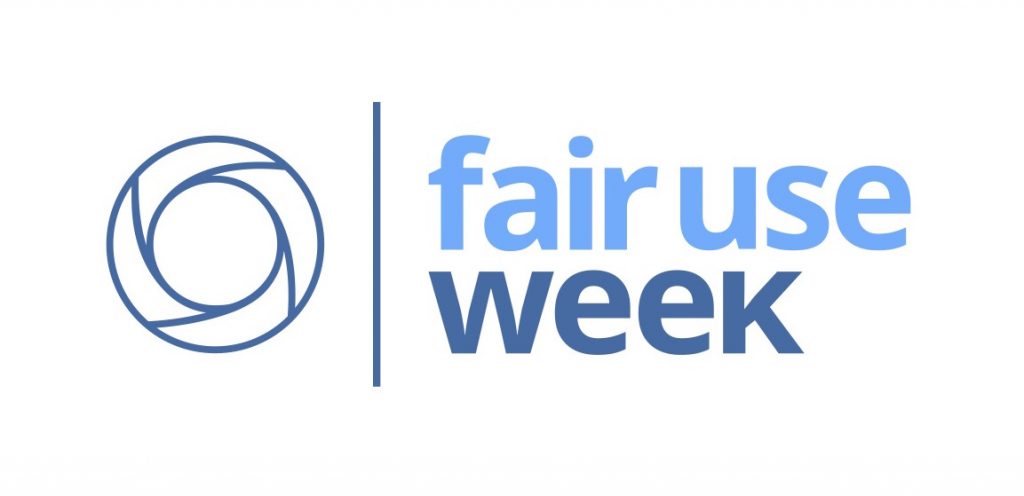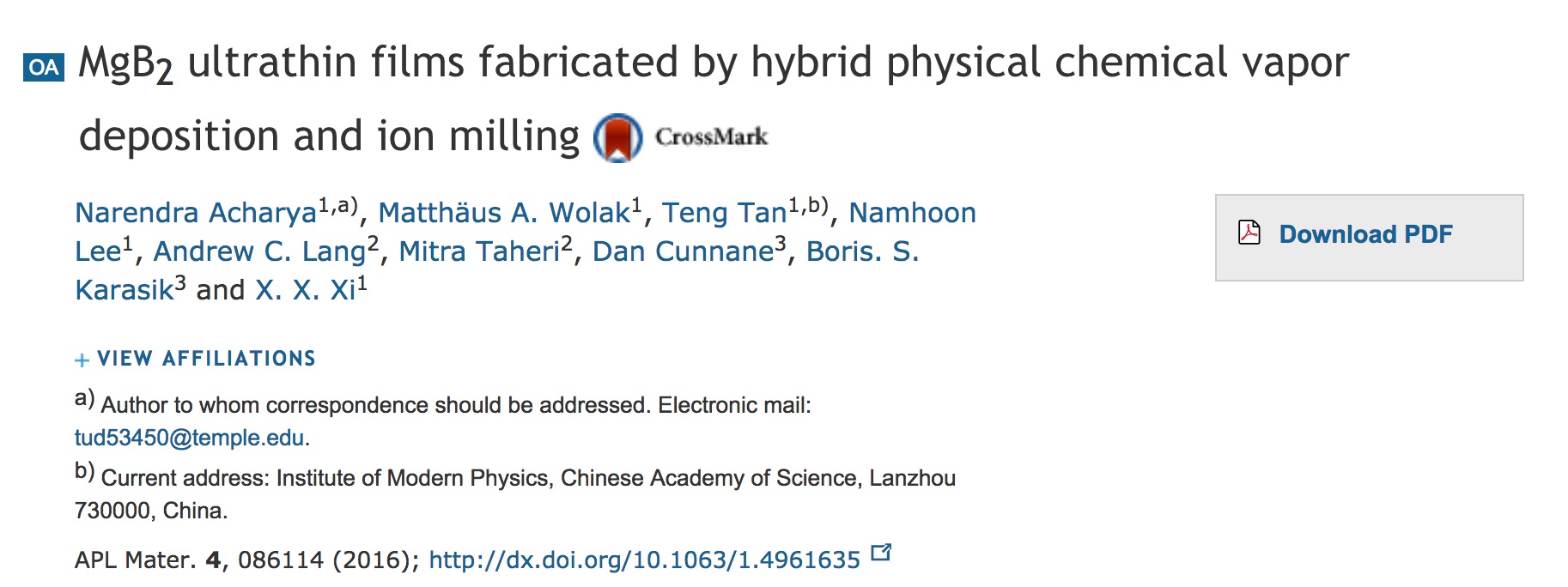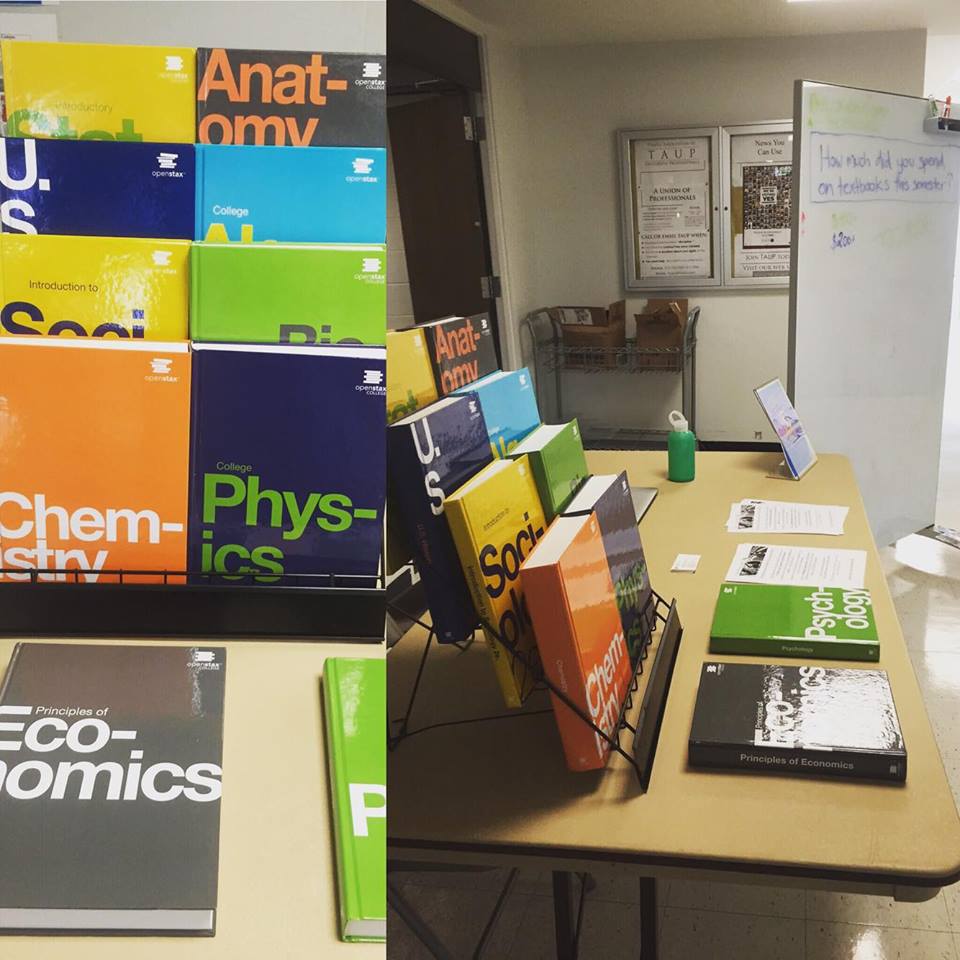“Supporting OER [open educational resources] means supporting maximum equity and access within education, allowing all students to learn with the up-to-date content, regardless of their economic background” – Cable Green, Director of Open Education, Creative Commons
Adopting open textbooks saves students around the world millions of dollars and allows faculty to share their knowledge globally. Most open textbooks use a CC BY attribution license from Creative Commons that makes it easy to share and adapt the content.
Many aspects go into creating an open textbook, so why not crowdsource talent? That is exactly what is happening with an exciting new model for open textbook publishing created by the co-founders of The Rebus Foundation, a Canadian, not-for-profit organization funded by a grant from the William and Flora Hewlett Foundation. Executive Director Hugh McGuire and Strategic Director Boris Anthony have created an online collaborative community called The Rebus Community, to create a global, connected network of open textbook creators. All are welcome to join the community and contribute ideas for open textbooks or to become a contributor. It is the perfect way to support the creation of OER without necessarily having a lot of experience in open textbook publishing. They develop the software and tools to manage the publishing process; all you need to do is sign up! All open textbooks will be available in an open, remixable e-book format supported by Pressbooks.
Current pilot projects underway include:
- Introduction to Philosophy (lead: Christina Hendricks, University of British Columbia)
- Open Anthology of Early American Literature (lead: Tim Robbins, Graceland University)
- The History of Applied Science and Technology (lead: Danielle Mead Skjelver, University of Maryland & University of North Dakota)
- Foundations of Biology (lead: Tim Dolan, Greenfield Community College)
- The Science of Human Nutrition (lead: Billy Meinke, University of Hawaii)
- Financial Strategy for Public Managers (lead: Justin Marlowe, University of Washington)
- Literature Reviews for Education and Nursing Graduate Students (lead: Linda Frederiksen, Washington State University, Vancouver)
- Planning & Implementing a Digital Humanities Project (lead: Sarah Ketchley, University of Washington)
The Rebus Community seeks a variety of collaborators for all stages of open textbook publishing and may include everything from chapter authors to peer reviewers and proofreaders. To stay alerted of open calls for contributors, join the Rebus Community forum at http://forum.rebus.community or follow their tweets @RebusCommunity.
